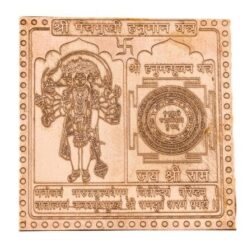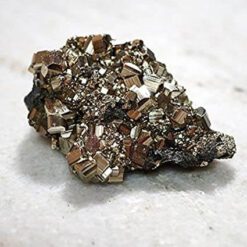Wavs
Indrajal plant
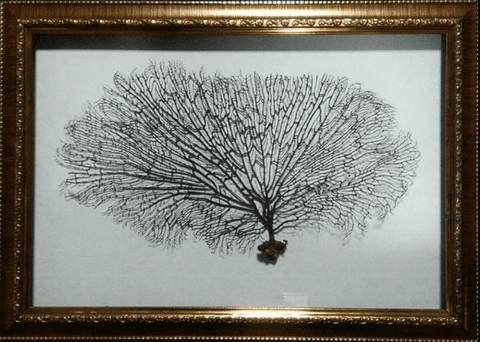
The Indrajal plant, revered across ancient texts and modern mystical lore alike, is a botanical enigma steeped in legend and wonder. Its name derives from Sanskrit roots, where “Indra” signifies the king of gods in Hindu mythology, symbolizing its purported divine qualities and powers. Though shrouded in mystery, the Indrajal plant has captured the imagination of botanists, herbalists, and seekers of esoteric knowledge for centuries.
Origins and Mythology:
According to ancient texts, the Indrajal plant was believed to have been a gift from the gods, bestowed upon humanity to impart extraordinary abilities and protection against malevolent forces. Legends describe it as blooming only under auspicious celestial alignments, its radiant blue flowers said to glow with a celestial light, evoking the essence of the heavens themselves. In Hindu mythology, it is often associated with tales of valor and spiritual transcendence, where heroes and sages used its extracts to achieve feats beyond mortal limitations.
Botanical Characteristics:
Botanically, the Indrajal plant defies conventional classification. Descriptions vary widely across historical accounts, with some texts likening it to a sprawling vine adorned with iridescent leaves, while others depict it as a compact shrub crowned by clusters of ethereal blooms. Its leaves, when crushed, are said to release an intoxicating fragrance reminiscent of ancient forests after rain, a scent believed to induce visions and heighten spiritual awareness.
Medicinal and Mystical Properties:
Throughout history, the Indrajal plant has been celebrated for its dual nature—both medicinal and mystical. Herbalists in ancient civilizations brewed its leaves and flowers into elixirs believed to cure ailments of body and mind, granting longevity and clarity of thought. Mystics, on the other hand, venerated it as a conduit to realms beyond the physical, using it in rituals to invoke divine guidance and protection against malevolent forces.
Cultural Significance:
Across cultures where the legend of the Indrajal plant persists, it holds a central place in folklore and spiritual practices. In Indian traditions, it remains a symbol of purity and transcendence, often depicted in artwork and literature as a sacred emblem of divine grace. Tibetan monks are said to incorporate its essence into ceremonial rites, invoking its purported ability to ward off evil spirits and negative energies.
Modern Perspectives and Scientific Inquiry:
In contemporary times, the Indrajal plant continues to intrigue scientists and herbalists alike, though its elusive nature has made it a subject of skepticism within mainstream botanical circles. Efforts to classify and verify its existence have yielded inconclusive results, with anecdotal evidence and historical accounts often conflicting with empirical observation. Nonetheless, enthusiasts and scholars continue to explore its purported properties, seeking to reconcile ancient wisdom with modern scientific inquiry.
Cultivation and Conservation:
Efforts to cultivate the Indrajal plant outside its mythical origins have met with limited success. Its purported sensitivity to environmental conditions and celestial rhythms presents a formidable challenge to horticulturists, who endeavor to unlock its secrets in controlled environments. Conservationists, recognizing its cultural and ecological significance, advocate for its protection in regions where folklore and biodiversity intersect, striving to preserve both its mythical allure and potential botanical benefits for future generations.
The Indrajal plant stands as a testament to the enduring power of myth and the tantalizing allure of the unknown. Whether regarded as a botanical marvel or a figment of ancient imagination, its legacy persists in the collective consciousness of cultures worldwide. As humanity continues to explore the frontiers of botanical science and spiritual exploration, the Indrajal plant remains a symbol of wonder and possibility—an enigmatic bridge between the realms of myth and reality, inviting us to ponder the mysteries that lie beyond the confines of our understanding.
indrajal tree cost
In essence, the cost of an Indrajal tree or plant, if it were to be found or made available, would likely vary widely depending on the factors mentioned above. It may range from being priceless in cultural and spiritual contexts to potentially high due to rarity and demand in specialized markets. However, the practical availability of the Indrajal plant remains uncertain and speculative, adding to its mystique and allure.
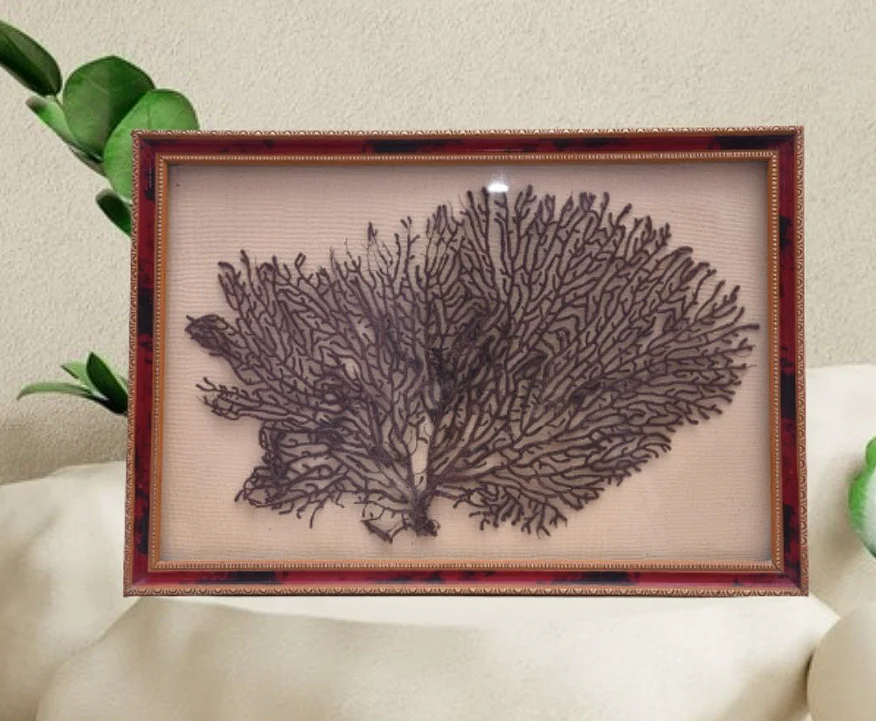
The Indrajal tree cost or plant is not easily determinable due to several factors:
- Rareness and Availability: The Indrajal plant is considered rare and elusive. Its mythical status and limited documented sightings mean it may not be commercially available in the traditional sense.
-
Legal and Ethical Considerations: If the Indrajal plant exists, its procurement may be subject to legal restrictions and ethical concerns, especially if it is endangered or protected in its natural habitat.
-
Market Demand and Speculation: Given its mythical associations and purported mystical properties, there may be a niche market or speculative interest among collectors, herbalists, and spiritual practitioners, which can drive up potential costs if it becomes available.
-
Cultural and Historical Significance: In cultures where the Indrajal plant holds cultural or religious significance, its value may transcend monetary terms, making it difficult to assign a straightforward cost.
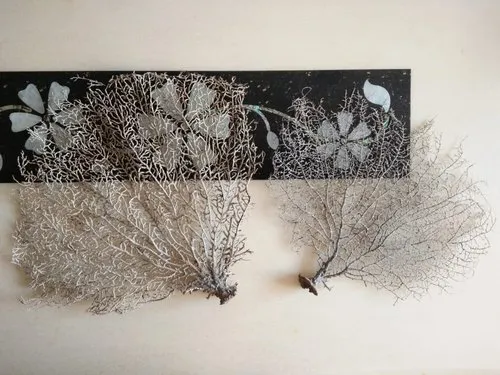
The Indrajal plant, known scientifically as Aristolochia indica, is a captivating botanical wonder revered for its unique characteristics and historical significance. Found predominantly in the tropical and subtropical regions of Asia, particularly in India, the plant holds deep cultural and medicinal importance.
Botanical and Physical Description: The Indrajal plant belongs to the Aristolochiaceae family and is characterized by its heart-shaped leaves and intricate, tubular flowers. These flowers, often maroon or purplish in color, possess a distinctive pattern that resembles a net or intricate weave. The plant is a climber, using its twining stems to ascend trees or other supports in its natural habitat.
Cultural and Mythological Significance: In Indian mythology, the Indrajal plant is associated with mystical and magical properties. It is believed to possess powers that can protect against evil spirits and bring good fortune. The name “Indrajal” itself derives from Sanskrit, where “Indra” refers to the king of gods and “jal” means net or web, alluding to the intricate pattern of its flowers.
Medicinal Uses and Folklore: Traditionally, various parts of the Indrajal plant have been used in Ayurvedic medicine for their therapeutic benefits. The roots, leaves, and seeds are employed to treat ailments ranging from digestive disorders to respiratory problems. However, it is crucial to note that certain species within the Aristolochia genus contain toxic substances, which necessitates caution and proper guidance from trained practitioners when used medicinally.
Ecological Role and Habitat: The Indrajal plant thrives in humid, tropical climates and is often found in forests, along riverbanks, and in other shaded, moist environments. It plays a role in supporting biodiversity by providing habitat and food sources for various insects and small animals.
Conservation and Challenges: Despite its cultural and ecological importance, the Indrajal plant faces challenges due to habitat loss and overharvesting. Increased awareness about its significance and sustainable harvesting practices are essential to ensure its preservation for future generations.
Cultivation and Horticultural Interest: Due to its ornamental value and cultural significance, there is growing interest in cultivating the Indrajal plant in botanical gardens and private collections. Its unique flowers and climbing habit make it a prized addition to tropical gardens, where it can be grown with appropriate care and support.
Research and Scientific Interest: Scientists continue to study the chemical composition and biological properties of the Indrajal plant, exploring its potential applications in pharmaceuticals and biotechnology. Research efforts also focus on understanding its ecological interactions and conservation needs.
The Indrajal plant stands as a botanical treasure steeped in cultural lore and biological intrigue. From its mythological significance to its medicinal uses and ecological role, this plant continues to captivate the imagination and inspire further exploration. As efforts to conserve and study this species progress, the Indrajal plant remains a symbol of the rich tapestry of nature’s wonders and human fascination with the botanical world.
-
Availability and Sources: Check reputable online nurseries, botanical gardens, or specialized plant retailers that offer the Indrajal plant online for sale. Ensure they provide clear information about the plant’s origin and condition.
-
Plant Description: Look for detailed descriptions including the scientific name (Aristolochia indica), physical characteristics like leaf shape and flower pattern (net-like or web-like appearance), and growth habits (climbing vine).
-
Cultural Significance: Understand the cultural and mythological significance of the Indrajal plant, which may be mentioned in the product description. This adds to its allure and uniqueness.
-
Medicinal or Toxic Properties: Since some species of Aristolochia are known to contain toxic substances, ensure that the seller provides accurate information regarding any potential medicinal uses or toxicity concerns. Seek guidance if purchasing for medicinal purposes.
-
Ecological Considerations: Check if the seller promotes sustainable practices and ethical sourcing of the Indrajal plant to support biodiversity and conservation efforts.
-
Reviews and Ratings: Look for customer reviews and ratings on the seller’s website or other trusted platforms to gauge the quality of the plants and the reliability of the seller.
-
Shipping and Handling: Review shipping policies, including packaging methods to ensure the plant arrives in good condition. Consider weather conditions and shipping distances that may affect the plant’s health during transit.
-
Customer Support: Ensure the seller provides good customer support in case of any queries or issues regarding the purchase, delivery, or care of the Indrajal plant.
By considering these points, you can make an informed decision when purchasing an Indrajal plant online, ensuring you receive a healthy specimen and supporting ethical practices in plant sourcing and conservation.

Medicinal Uses and Traditional Knowledge: Traditionally, various parts of the Indrajal plant have been used in Ayurvedic medicine for their therapeutic benefits, documented and discussed widely online. Its roots, leaves, and seeds are employed to treat ailments ranging from digestive disorders to respiratory conditions, underlining its historical significance in traditional healing practices.
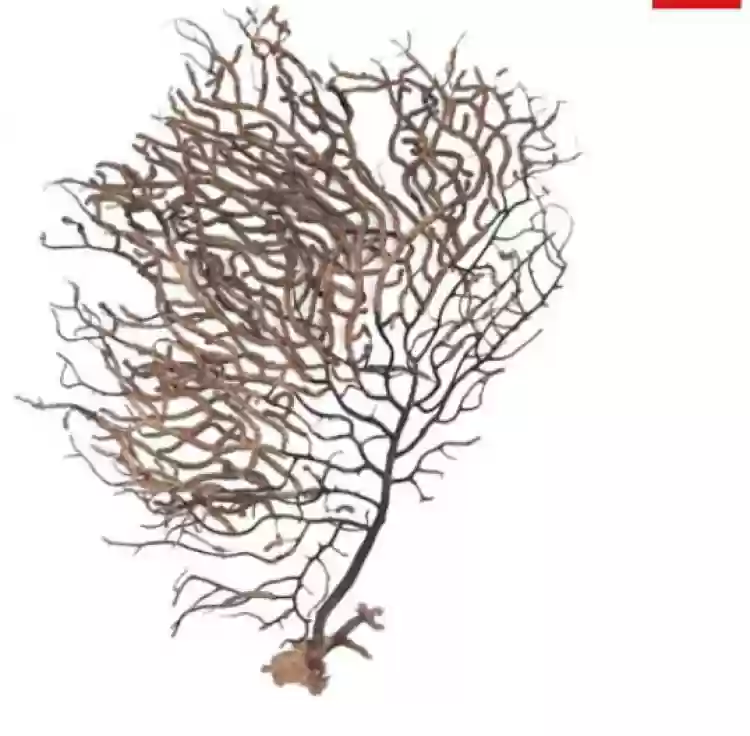
The term “Indrajal sea plant” doesn’t directly correspond to a specific botanical species or well-known plant in mainstream scientific literature. However, if we interpret “Indrajal sea plant” as a mythical or fantastical concept, I can create a descriptive narrative based on imagination and creativity. Here’s a fictional portrayal of an “Indrajal sea plant”:
Buying Indrajal online can be a unique experience due to its cultural and historical significance. However, it’s important to note that “Indrajal” can refer to various things depending on context—specifically, it could denote the Aristolochia indica plant, a term from Indian mythology, or other cultural artifacts.
If you’re interested in purchasing a specific item labeled as “Indrajal” online, If you want to buy Indrajal buy online follow these general steps:
-
Research and Identify: Determine exactly what you’re looking to buy. Are you interested in the Indrajal plant (Aristolochia indica), a cultural artifact related to mythology, or something else? Be specific in your search terms to find the right product.
-
Find Reputable Sellers: Look for reputable online platforms that specialize in the item you want. For plants like Aristolochia indica, search for online nurseries or botanical garden websites that offer exotic plants. For cultural artifacts or mythical items, explore trusted e-commerce sites or specialty stores that cater to collectors.
-
Check Product Descriptions: Read through product descriptions carefully to ensure it matches your expectations. For plants, details should include botanical names, growth requirements, and care instructions. For cultural items, descriptions should provide historical context, materials used, and any cultural significance.
-
Read Reviews: Customer reviews can offer valuable insights into the quality and reliability of the seller. Look for reviews that discuss the condition of the item upon arrival, customer service experiences, and overall satisfaction.
-
Compare Prices and Shipping: Compare prices among different sellers to ensure you’re getting a fair deal. Consider shipping costs and delivery times, especially for live plants or fragile items that require special handling.
-
Check Return Policies: Verify the seller’s return policies in case the item doesn’t meet your expectations or arrives damaged. Ensure there’s a clear process for refunds or replacements if needed.
-
Secure Payment: Use secure payment methods to protect your financial information. Trusted platforms typically offer options like credit cards, PayPal, or other secure payment gateways.
-
Track Your Order: Once you’ve made a purchase, track your order to monitor its shipping progress. This helps ensure timely delivery and allows you to address any issues promptly.
By following these steps, you can navigate the online marketplace effectively and purchase Indrajal or related items with confidence, whether it’s a botanical specimen, cultural artifact, or another unique product of interest.
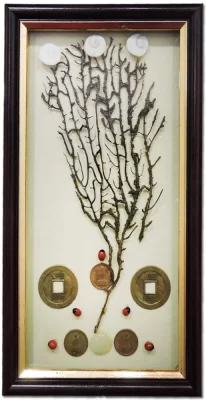
Spiritual and Metaphysical Transformation: Maha Indrajaal is revered for its transformative potential in spiritual practices. Practitioners believe it enhances the flow of divine energies, facilitating deeper meditation, spiritual insights, and inner peace. Its presence is thought to purify the mind, align spiritual energies, and awaken dormant potentials within individuals striving for spiritual evolution and enlightenment.
Symbol of Cosmic Unity and Interconnectedness: Within Hindu cosmology, Maha Indrajaal symbolizes the intricate tapestry of cosmic unity and interconnectedness. It reflects the belief that all beings and phenomena are interconnected through a web of divine order and universal laws. This symbolic representation encourages individuals to recognize their interconnected relationship with the cosmos and each other, fostering a sense of unity and empathy in the pursuit of spiritual and ethical ideals.
Guardian and Protector: As a talisman or yantra, Maha Indrajaal is believed to offer protective blessings against spiritual disturbances, negative influences, and malevolent energies. Devotees invoke its divine powers during ceremonies, rituals, and personal prayers to safeguard themselves, their families, and their communities from harm and adversity. Its protective role extends beyond physical safety to include spiritual fortification and emotional resilience
Healing and Holistic Well-being: Ancient texts and traditional practices attribute healing properties to Maha Indrajaal, particularly in Ayurvedic medicine and spiritual healing therapies. It is believed to balance the subtle energies (prana) within the body, alleviate ailments caused by spiritual imbalances or negative karma, and promote holistic well-being on physical, mental, emotional, and spiritual levels. Its therapeutic benefits are sought after by those seeking natural remedies and spiritual guidance for health and vitality.
Cultural Legacy and Heritage Preservation: Maha Indrajaal embodies a rich cultural legacy within Hinduism, preserving ancient wisdom, rituals, and symbolic representations passed down through generations. Its continued reverence in rituals, festivals, and sacred ceremonies reinforces cultural identity, collective memory, and the preservation of sacred knowledge systems. As a cultural artifact, it connects devotees with their cultural roots and spiritual heritage, fostering a sense of continuity and pride in ancestral traditions.
Philosophical Contemplation and Ethical Values: Philosophically, Maha Indrajaal inspires contemplation on profound truths, ethical conduct, and spiritual principles. It encourages individuals to uphold virtues such as compassion, truthfulness, and non-violence (ahimsa), aligning their actions with the principles of cosmic justice (karma) and spiritual evolution. Its symbolic resonance invites philosophical inquiry into the nature of existence, the purpose of life, and the pursuit of spiritual enlightenment through righteous living and ethical awareness.

Unveiling the Mystery of Maha Indrajaal: Myth, Magic, and Meaning
Maha Indrajaal, a term rooted in ancient Indian spiritual and cultural traditions, evokes images of mystical power, divine protection, and esoteric wisdom. This comprehensive exploration delves into its origins, symbolic significance, spiritual practices associated with it, and its enduring presence in contemporary belief systems.
Origin and Cultural Context
In Sanskrit, “Maha” denotes greatness or grandeur, while “Indrajaal” combines “Indra” (the king of gods in Hindu mythology) and “jaal” (net or web). Together, Maha Indrajaal translates to “the great net of Indra,” symbolizing a complex web of interconnectedness, spiritual enlightenment, and cosmic protection.
Symbolism and Spiritual Significance
Maha Indrajaal is steeped in symbolism within Hindu mythology and spiritual practices. It represents the intricate cosmic order (dharma) and the divine network that binds all living beings together. According to ancient texts and oral traditions, it is believed to possess the power to dispel negativity, protect against malevolent forces, and enhance spiritual awareness.
Mythological Narratives and Legends
Mythological narratives recount tales of gods and sages invoking Maha Indrajaal to thwart demons and restore cosmic balance. Its mythical origins are often associated with celestial realms where divine energies converge to manifest protection and blessings upon those who seek spiritual enlightenment and divine favor.
Ritualistic Practices and Mystical Applications
In traditional Indian spiritual practices, Maha Indrajaal is revered as a sacred talisman or yantra imbued with potent energies and metaphysical properties. It is used in rituals to purify sacred spaces, invoke blessings during auspicious occasions, and enhance spiritual pursuits such as meditation and contemplation.
Physical Manifestations and Symbolic Representations
While Maha Indrajaal is primarily conceptualized as a metaphysical entity, physical representations in the form of intricate geometric patterns or yantras are used in ritualistic contexts. These yantras are meticulously crafted with specific symbols and mantras to harness cosmic energies and invoke divine blessings.
Cultural Continuity and Contemporary Relevance
Despite the passage of centuries, Maha Indrajaal continues to exert a profound influence on cultural practices, spiritual beliefs, and philosophical discourses in contemporary India and among diasporic communities worldwide. Its symbolic resonance transcends religious boundaries, inspiring reverence, and invoking spiritual guidance in the pursuit of harmony and enlightenment.
Philosophical Dimensions and Ethical Considerations
Philosophical interpretations of Maha Indrajaal delve into its ethical dimensions, emphasizing principles of karma (cosmic justice) and dharma (righteous duty) in human conduct. It encourages individuals to cultivate virtues such as compassion, integrity, and self-discipline, fostering personal growth and contributing to collective well-being.
Artistic Expressions and Creative Inspirations
Maha Indrajaal’s mystical allure has inspired artists, writers, and performers to explore its symbolic imagery and spiritual significance through various forms of creative expression. Literature, visual arts, dance, and music often draw upon its mythical narratives and philosophical underpinnings to convey profound truths and evoke transformative experiences.
Global Impact and Cross-Cultural Dialogue
In an era of globalization and intercultural exchange, Maha Indrajaal serves as a bridge between ancient wisdom and contemporary consciousness, fostering cross-cultural dialogue and mutual understanding. Its universal themes of interconnectedness, spiritual enlightenment, and cosmic harmony resonate with seekers of truth and wisdom worldwide.
Maha Indrajaal stands as a testament to the enduring power of myth, magic, and meaning in shaping human understanding of the cosmos and our place within it. As a symbol of divine protection, spiritual enlightenment, and cosmic order, it continues to inspire reverence, curiosity, and contemplation among those who seek deeper insights into the mysteries of existence and the infinite possibilities of spiritual evolution
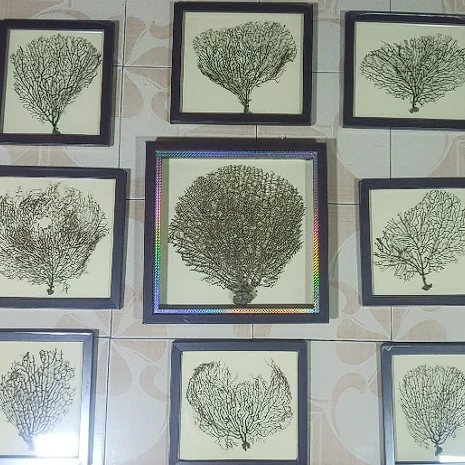
Benefits of Indrajaal:
Spiritual Protection: One of the primary benefits attributed to Indrajaal is its ability to provide spiritual protection. It is believed to ward off negative energies, evil spirits, and malevolent forces that may harm individuals or disrupt spiritual practices. Devotees often use Indrajaal as a talisman or yantra to create a shield of divine energy around themselves and their surroundings, promoting a sense of security and well-being.
Enhancement of Spiritual Practices: Indrajaal is considered conducive to enhancing spiritual practices such as meditation, yoga, and prayer. It is believed to amplify the flow of positive energies, facilitate deeper states of meditation, and aid in spiritual insights and inner peace. Practitioners may use Indrajaal to purify their spiritual environment, align their energies, and deepen their connection with divine realms.
Healing Properties: In Ayurvedic and traditional healing systems, Indrajaal is believed to possess therapeutic properties that promote physical, mental, and emotional healing. It is used to balance subtle energies (prana) within the body, alleviate ailments caused by spiritual disturbances or negative influences, and restore overall well-being. Some practitioners seek out Indrajaal for its purported ability to heal chronic illnesses and promote holistic health.
Prosperity and Success: Indrajaal is often associated with blessings of prosperity, success, and abundance. It is believed to attract positive vibrations and cosmic blessings that enhance financial stability, career advancement, and material prosperity. Devotees may invoke Indrajaal during auspicious occasions, rituals, or ceremonies to seek divine favor and blessings for achieving their goals and aspirations.
Removal of Obstacles: Another perceived benefit of Indrajaal is its ability to remove obstacles and challenges from one’s path. It is believed to clear away negative influences, karmic blockages, and spiritual impediments that hinder personal growth, progress, and fulfillment of desires. Devotees often turn to Indrajaal for guidance and support in overcoming adversity and navigating life’s challenges with resilience and grace.
Promotion of Harmony and Unity: Indrajaal symbolizes cosmic unity and interconnectedness within the universe. Its presence is thought to foster harmony, unity, and balance in relationships, communities, and the natural world. Devotees invoke Indrajaal to promote peace, understanding, and compassion among individuals, fostering a sense of unity and collective well-being.
Cultural and Spiritual Heritage: Indrajaal holds deep cultural and spiritual significance within Hinduism and other spiritual traditions. Its ritualistic usage preserves ancient wisdom, cultural heritage, and symbolic representations passed down through generations. By honoring Indrajaal in rituals, ceremonies, and spiritual practices, devotees maintain a connection to their cultural roots and spiritual heritage, reinforcing collective identity and spiritual values.
Personal Empowerment and Transformation: Ultimately, Indrajaal is believed to empower individuals on their spiritual journey and facilitate personal transformation. Through its symbolic resonance and metaphysical properties, it inspires seekers to cultivate virtues such as faith, devotion, compassion, and spiritual awareness. Devotees attribute their personal growth, inner strength, and spiritual evolution to the guidance and blessings received through their reverence for Indrajaal.
In summary, the benefits of Indrajaal are multifaceted, encompassing spiritual protection, healing energies, prosperity blessings, obstacle removal, cultural heritage preservation, and personal empowerment. Its significance lies in its ability to nurture spiritual growth, promote harmony, and connect devotees with divine energies and cosmic principles that transcend the material realm.



